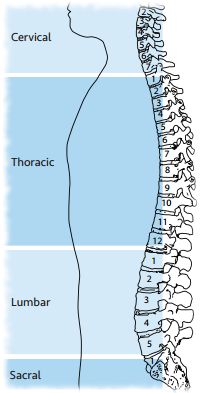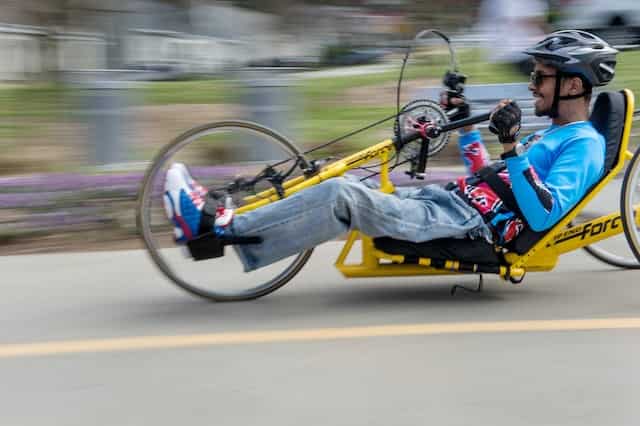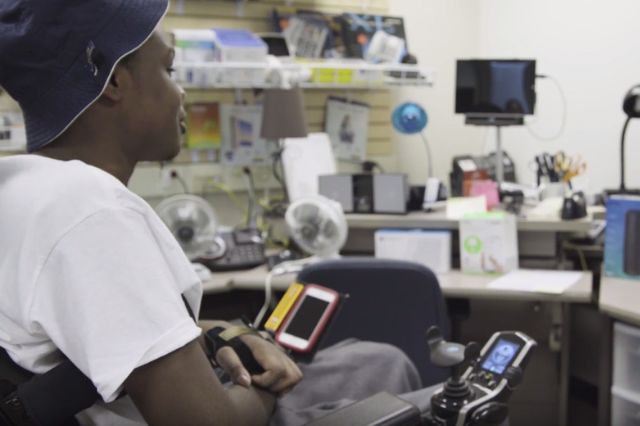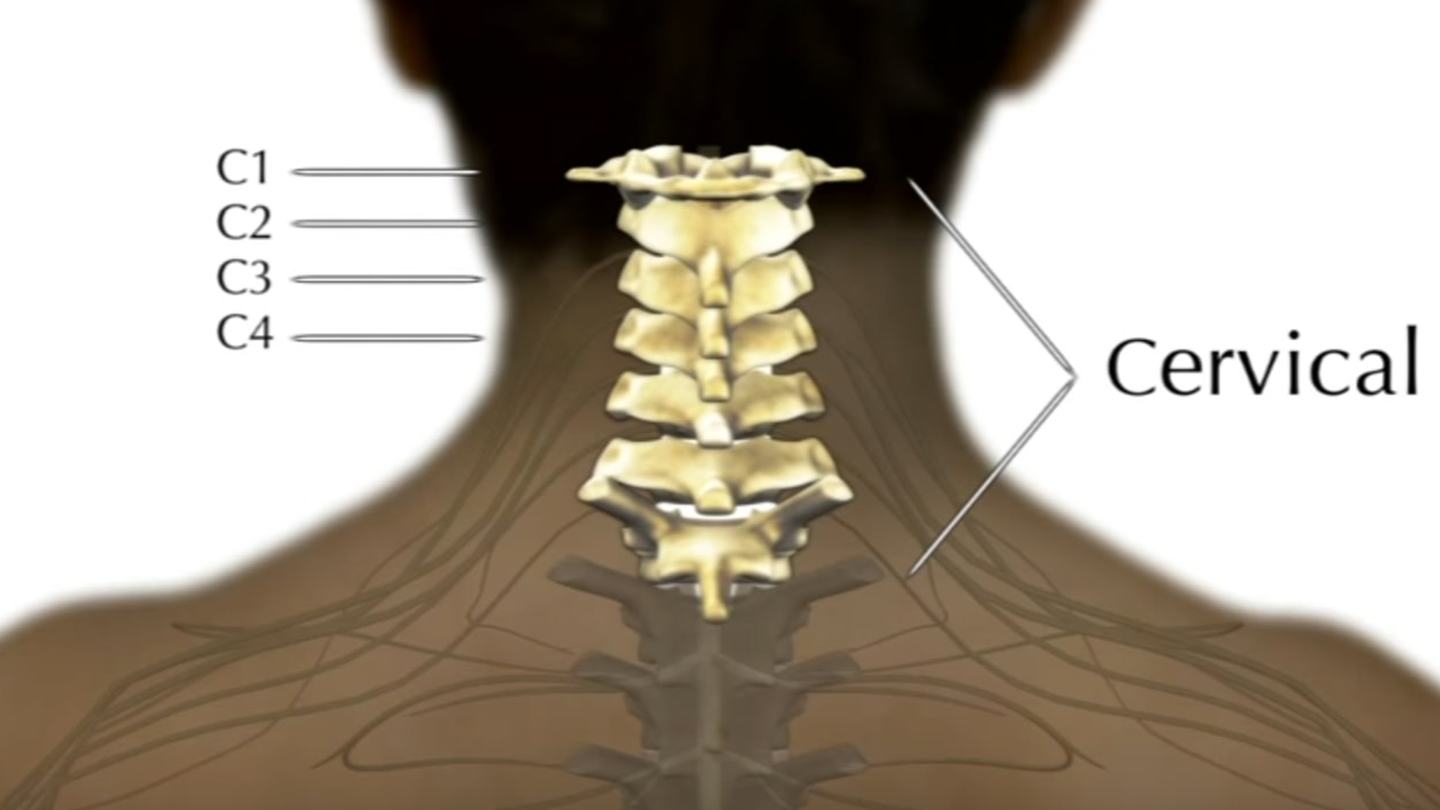Cervical Spinal Cord Injury: Symptoms and Prognosis

What Is a Cervical Spinal Cord Injury?
The cervical portion of the spine includes the top portion of the spinal cord, comprising seven vertebrae (C-1 to C-7) in the neck.
Being closer to the brain and affecting a larger portion of the body, cervical spinal cord injuries are typically the most severe variety of spinal cord injury. If there is an injury in the cervical area, it will result in tetraplegia, also known as quadriplegia, meaning there is limited or absent feeling or movement below the shoulders/neck.
General Effects of Cervical Spinal Cord Injuries
Cervical spinal cord injuries often involve permanent complete or partial loss of sensory function , and many associated complications. As is the case with all injuries of the spinal cord, injuries located higher on the spine will be more severe, with high cervical spinal cord injury often being fatal. Learn more about injury expectations for specific cervical vertebrae below.
C-1 to C-4 injury symptoms may present the following effects or limitations:
- Most severe of the spinal cord injury levels
- Paralysis in arms, hands, trunk and legs
- Potential inability to breath independently, cough or control bowel movements or bladder
- Impaired or reduced ability to speak
- Tetraplegia or quadriplegia, meaning all four limbs are affected
- Inability to independently drive a car
- Potential need for complete assistance with activities of daily living, such as eating, dressing, bathing, and getting in or out of bed
- May be able to use powered wheelchairs with special controls to move around
- Requirement for 24-hour-a-day personal care
An injured person may experience the following effects or C-5 vertebrae injury symptoms:
- Person can raise his or her arms and bend elbows
- Likelihood of some or total paralysis of wrists, hands, trunk and legs
- Can speak and use diaphragm, but breathing is weakened
- Little or no voluntary control of bowel or bladder
- Need for assistance with most activities of daily living, but power wheelchair can enable independent movement from one place to another
An injured person with C-6 vertebrae symptoms may experience the following effects:
- Nerves affect wrist extension
- Paralysis in hands, trunk and legs, typically
- Should be able to bend wrists back
- Can speak and use diaphragm, but breathing is weakened
- Can move in and out of wheelchair and bed with assistive equipment
- May be able to drive an adapted vehicle
- Little or no voluntary control of bowel or bladder, but may be able to manage independently with special equipment
A person with C-7 injury symptoms may present the following effects or limitations:
- Nerves control elbow extension and some finger extension
- Should be able to straighten arm and have normal movement of shoulders
- Can do most activities of daily living independently, but may need assistance with more difficult tasks
- May be able to drive an adapted vehicle
- Little or no voluntary control of bowel or bladder, but may be able to manage independently with special equipment
C-8 injury symptoms may present the following effects or limitations:
- Nerves control some hand movement
- Should be able to grasp and release objects
- Can do most activities of daily living independently, but may need assistance with more difficult tasks
- May be able to drive an adapted vehicle
- Little or no voluntary control of bowel or bladder, but may be able to manage independently with special equipment
Spinal Cord Injury Diagnosis
To determine the severity of a spinal cord injury, doctors perform a series of diagnostic tests, including checking the patient’s strength and sensation in his/her arms and legs. Using full imaging assessment tools, doctors screen the body to detect spine fractures or abnormalities. Learn more about the tools used during a spinal cord injury diagnosis test.
Cervical Spinal Cord Injury Recovery and Prognosis
Spinal cord injury prognosis varies depending on the severity of the injury. After swelling in the spinal cord decreases and any necessary surgery is performed, patients can stabilize and begin the recovery process.
- Recovery will focus on stabilization of the injured area of the spinal cord, but most injuries are permanent.
- Steroid and anti-inflammatory drugs administered shortly after injury, such as methylprednisolone, can help reduce swelling, which is a common cause of secondary damage at the time of injury.
- Rehabilitation often will focus on learning to use the non-paralyzed portions of the body to regain varying levels of autonomy.
- Many people who experience a cervical spinal cord injury will require permanent, 24-hour care for the remainder of their lives.
Learn more about spinal cord injuries, including coping, recovery and adaptation at MyShepherdConnection.org.






